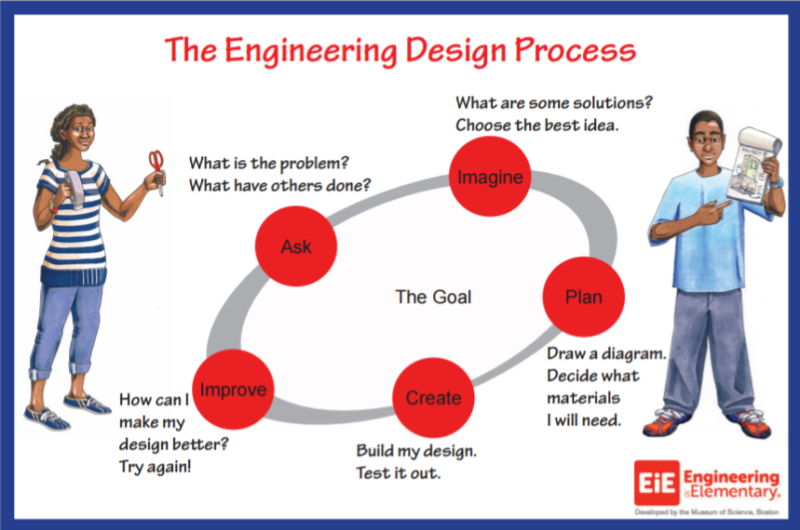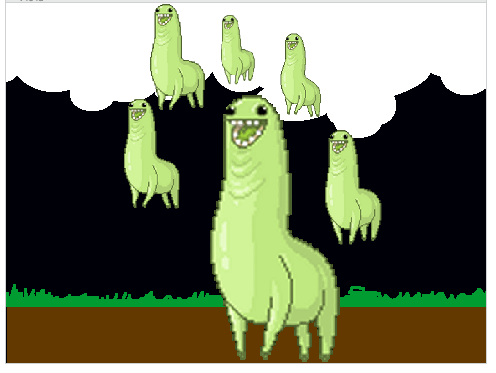The students have begun their independent projects for our showcase in May. They are really into their projects already. At our last meeting, I met with (most of) the teams or individuals to go over their Game Design Document (GDD). Over time I’ve been adding things to the GDD to make it more comprehensive but it has gotten a bit unwieldy. Students don’t always fill it all out or their ideas don’t fit in with the description. I definitely need to reflect on the GDD and figure out what should remain and what can go.
Let’s go back to basics. Why do I have the GDD? Is it for the students or for me?
To make a project that takes multiple weeks to complete, but has a hard deadline, you’ll need a plan. Planning is part of the engineering design process. In this sense, the GDD is for the students.
If you are working in a team, the need for a plan is crucial. Who will create the backdrops? Who will code the Sprites? Do we agree on the gameplay? A team definitely needs a GDD to define roles, divide the labor, and to communicate ideas.
How do you know if it is a project that can be done in 4 weeks? What parts of the game are you not sure how to code? What should you work on first? These questions are why the GDD is for me. I see myself as the project manager for these 10-year-olds. I want to ensure a project isn’t too large: “There will be 5 levels and a boss level with an army attack and when you die you turn into a zombie with a special power and then….” Yikes. I want to see that team members have communicated their ideas and agreed on the design. I want to make sure each team member has a job to do. I want to know what parts of the coding will be tricky for them so I can find some examples of code to help them.
All of the projects this time seem pretty well thought out. There are no “try not to laugh” projects. No Makey-Makey projects either, sadly. There are a couple of maze games, two games with gravity, one animation, one karate game, and some adventure games.
One or two of the projects aren’t very complicated and I worry that they’ll finish too early. I shouldn’t, though. It will be good to have a couple of more polished, well-tested games for the showcase.

This student is going to use this as her independent project and make a “Flappy Bird” type game.
I can’t end without sharing a few screenshots of student work. The previous week I showed the students how to use the Tips tab to get step-by-step instructions on different games. I suggested they try the “Make It Fly” tutorial. This was an optional project and many chose that time to work on their GDD instead.

This shows interesting graphic editing skills and some good coding.

Makes you smile.













